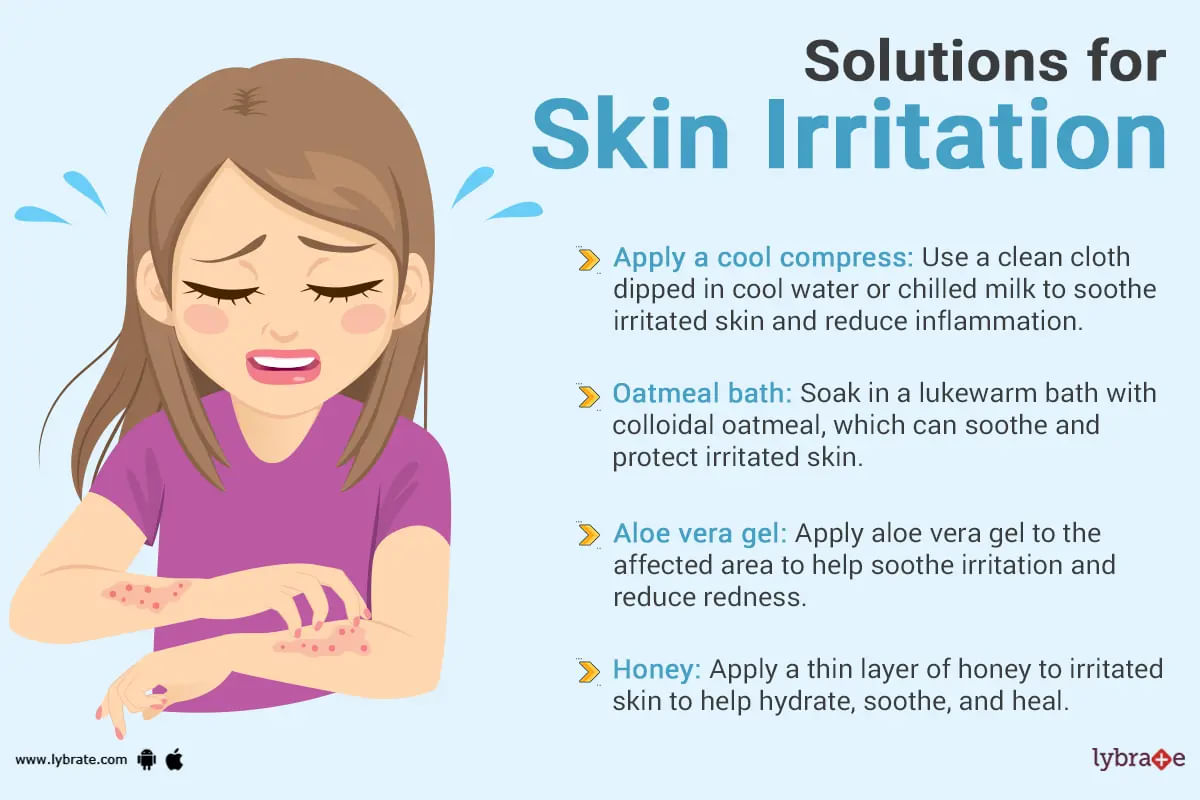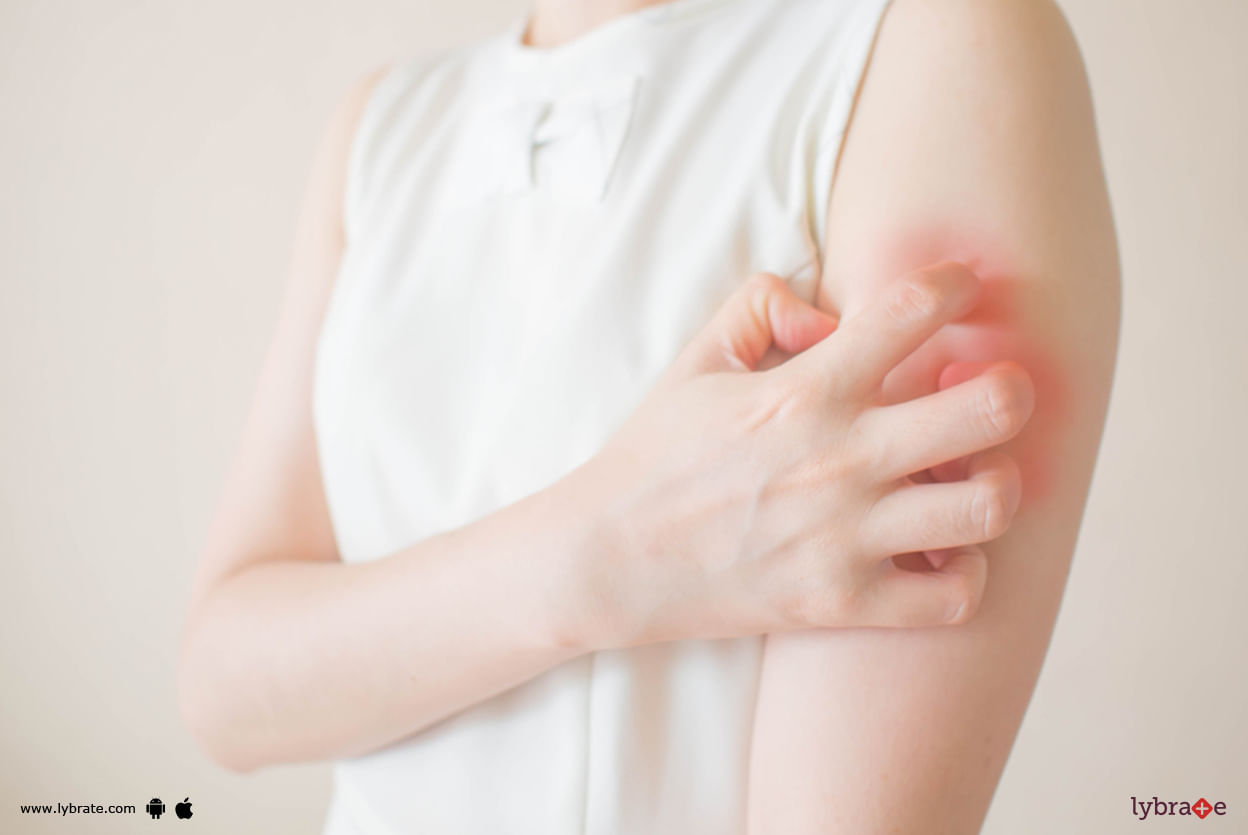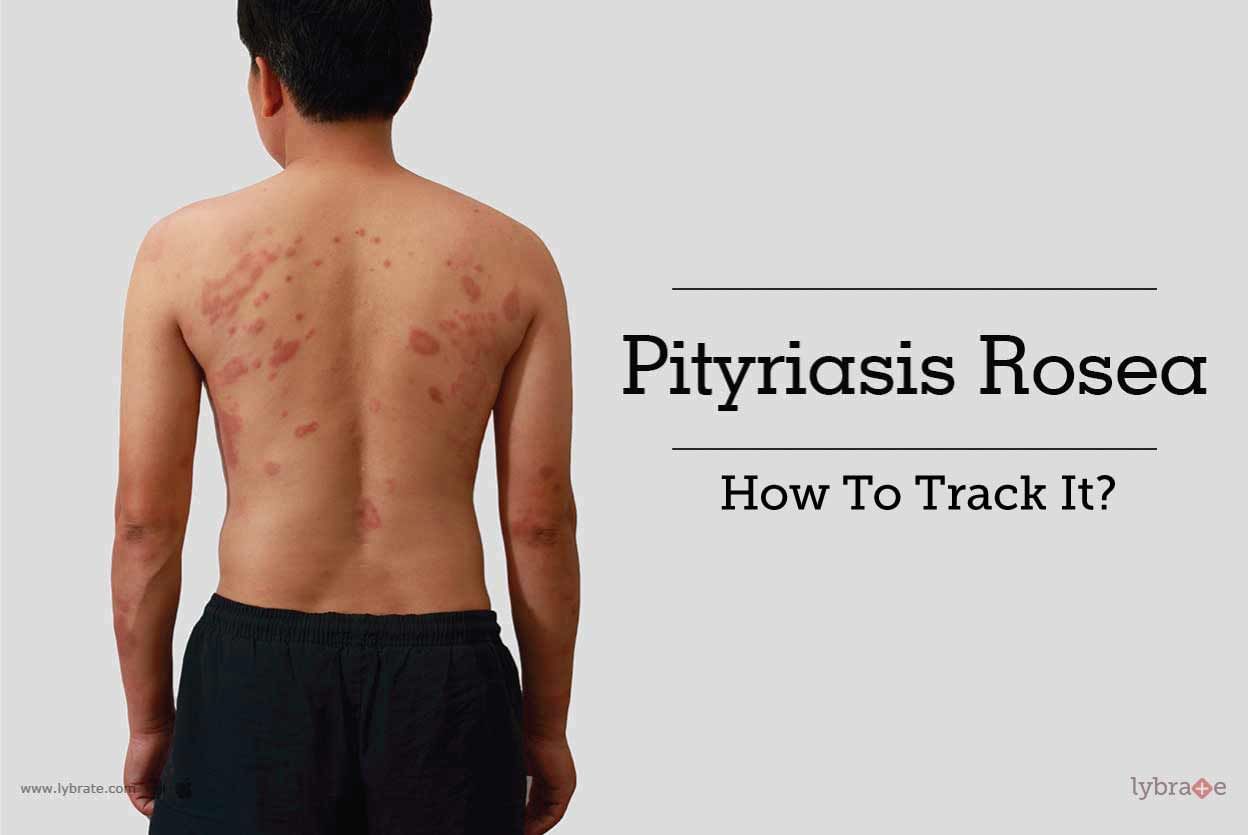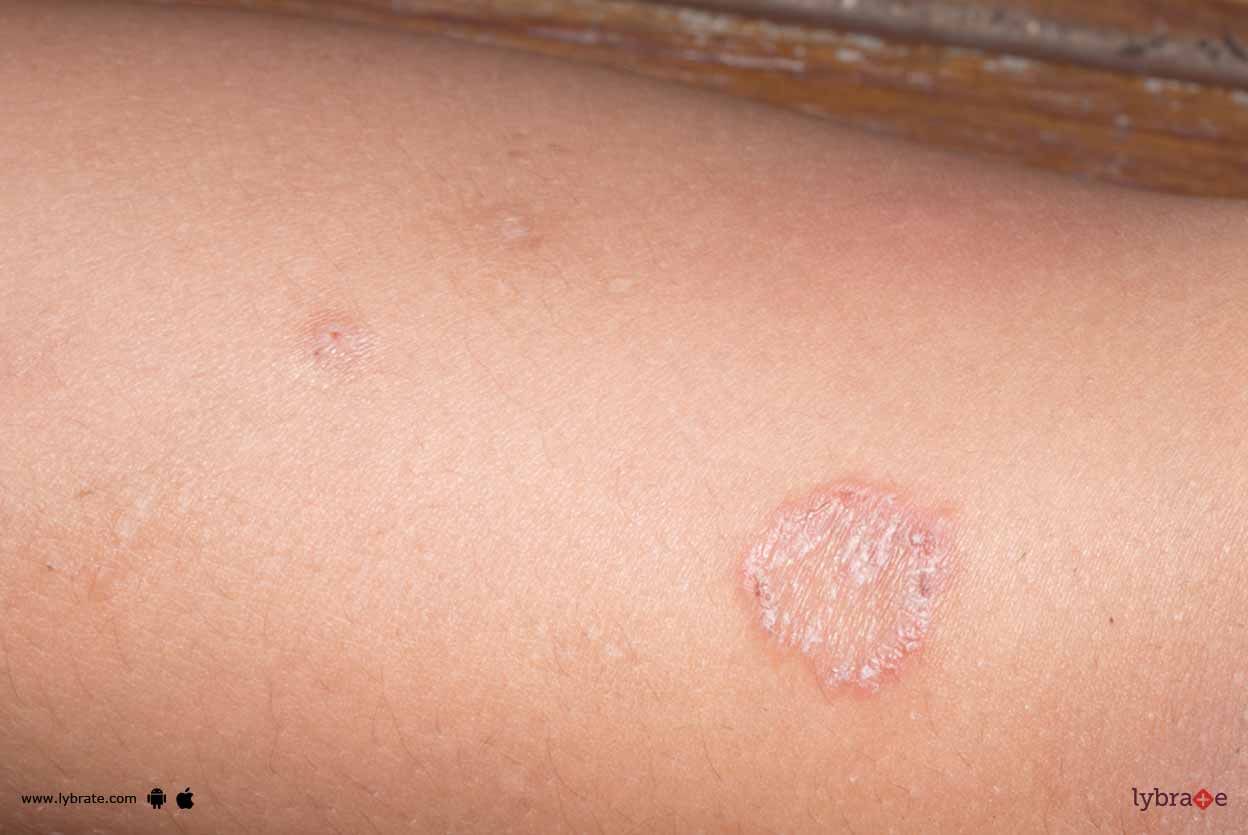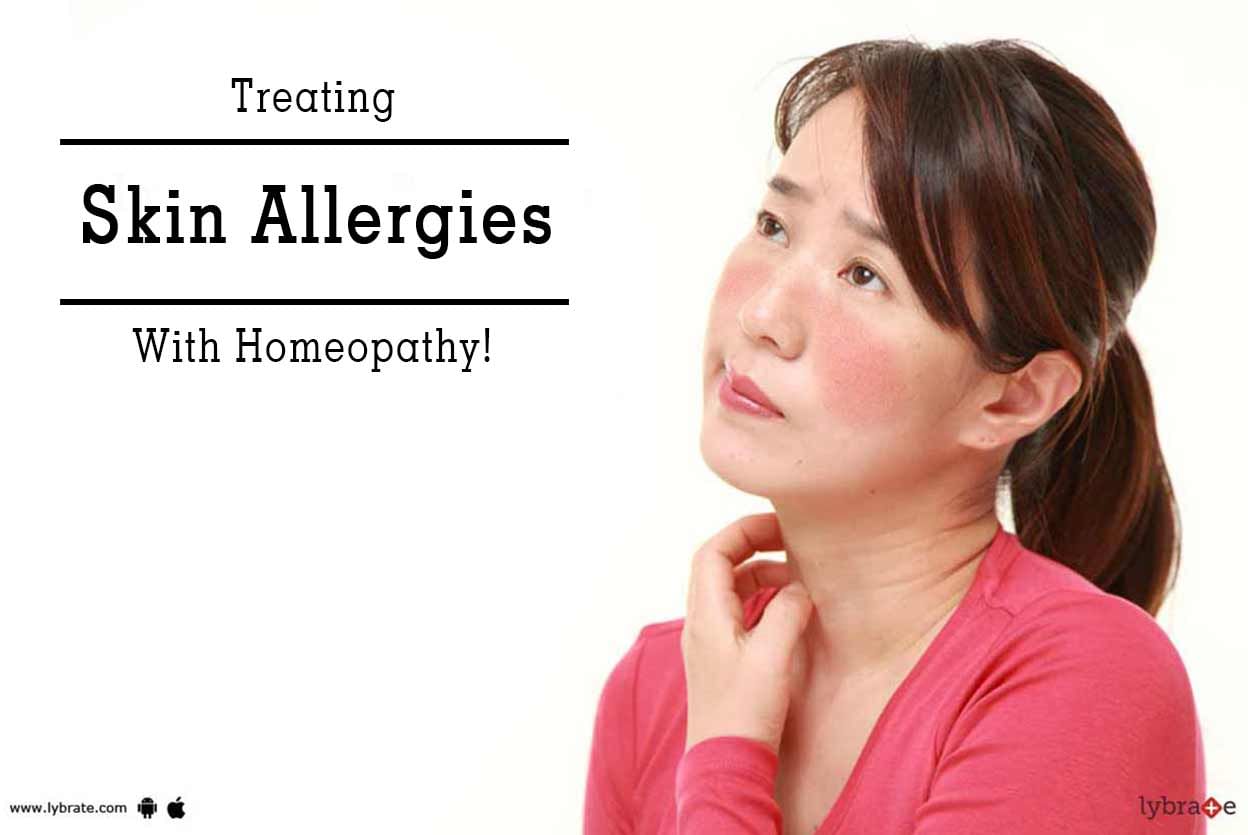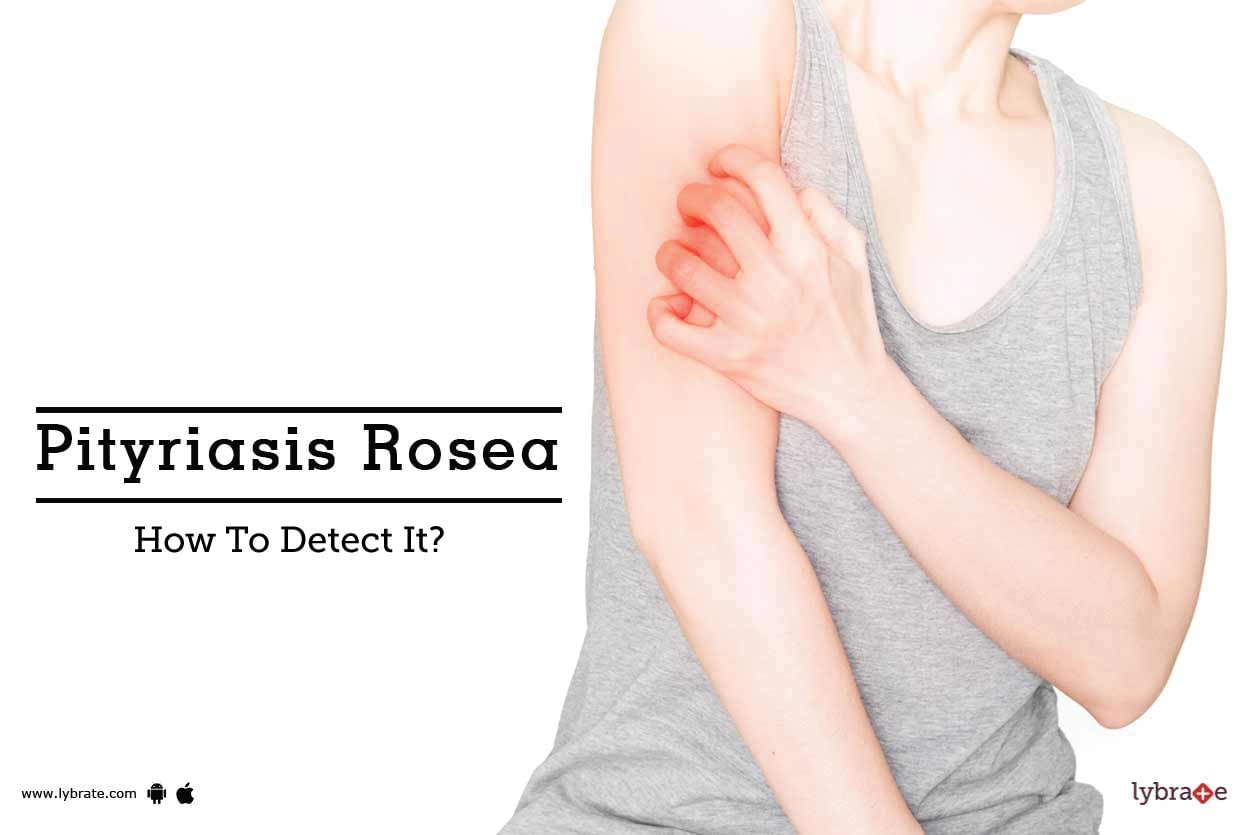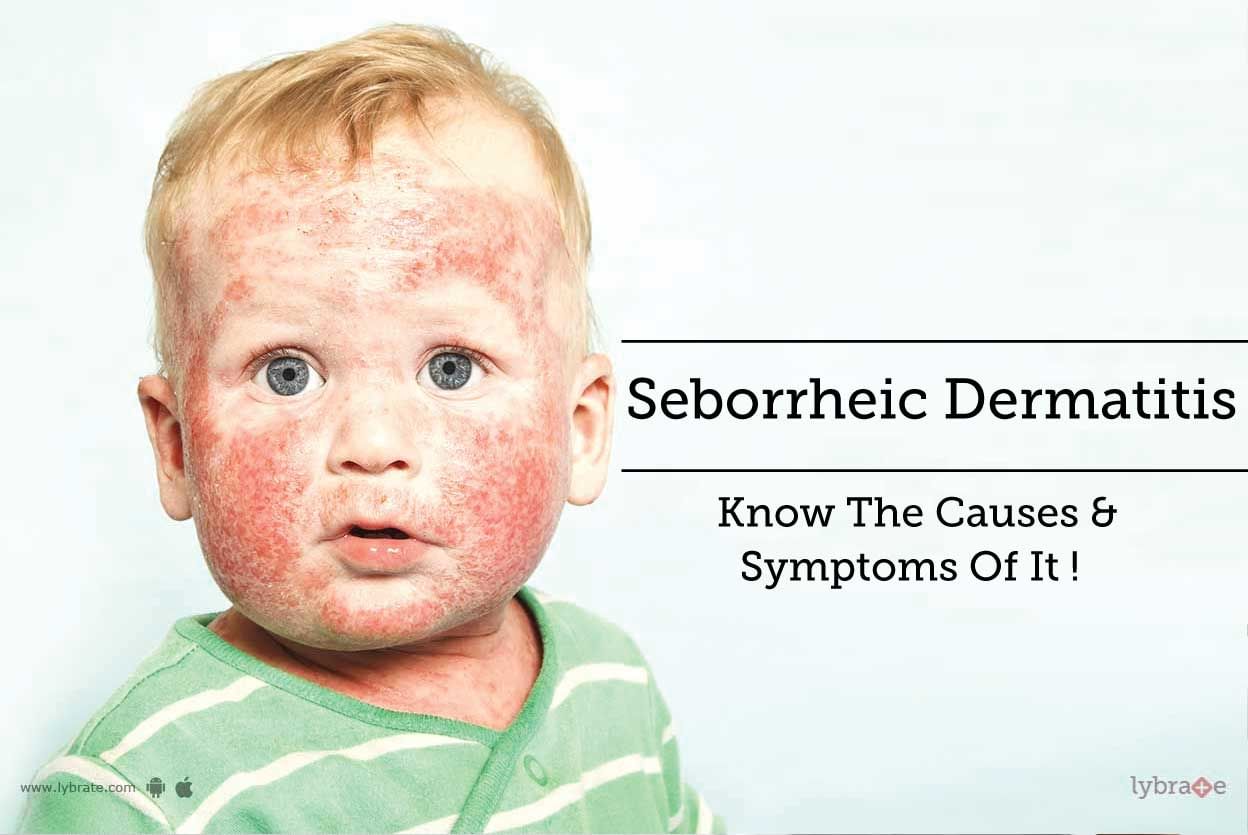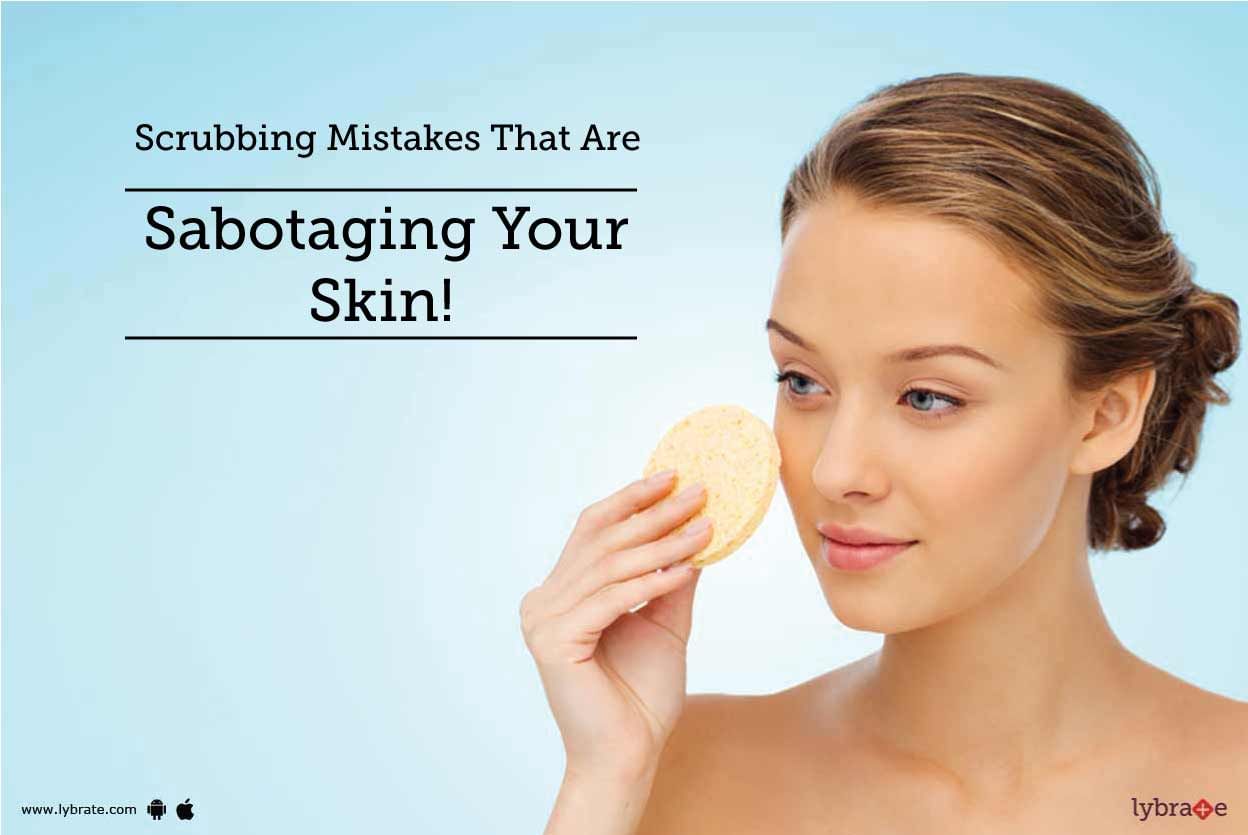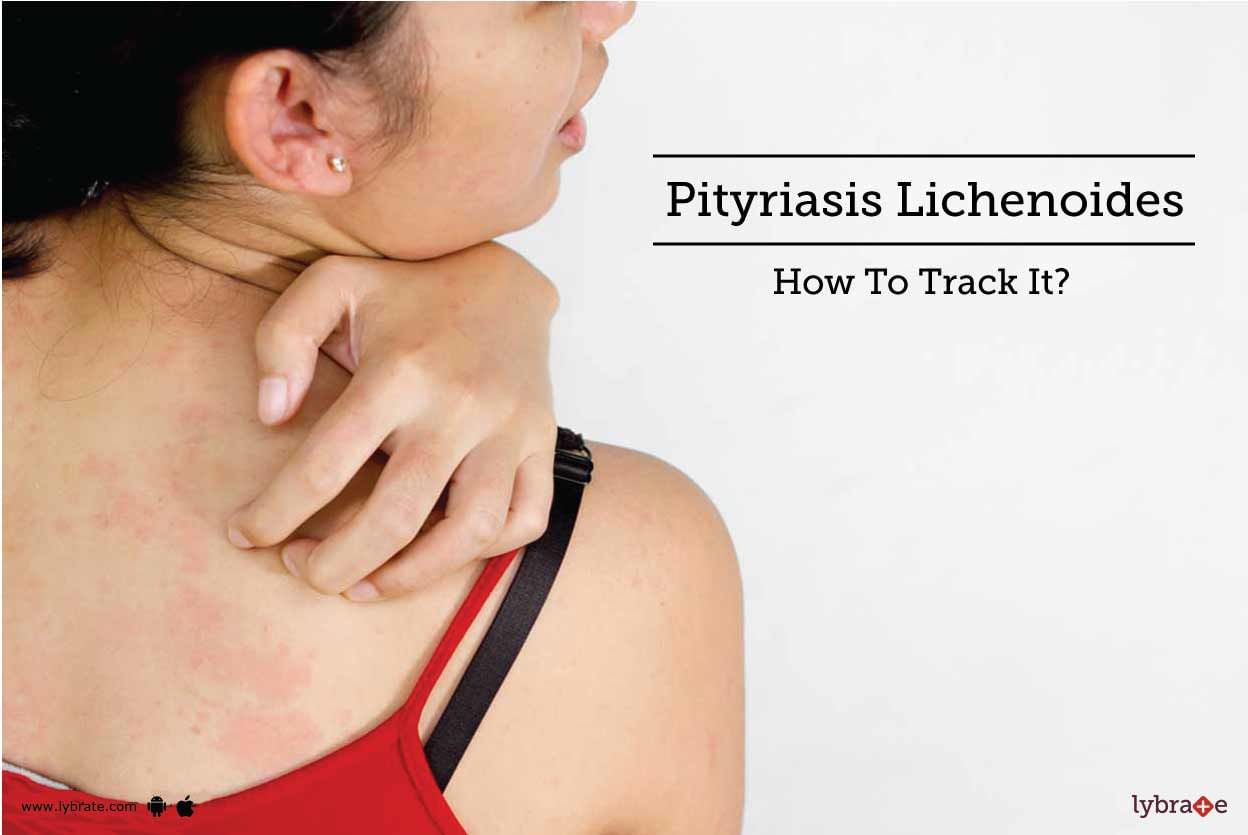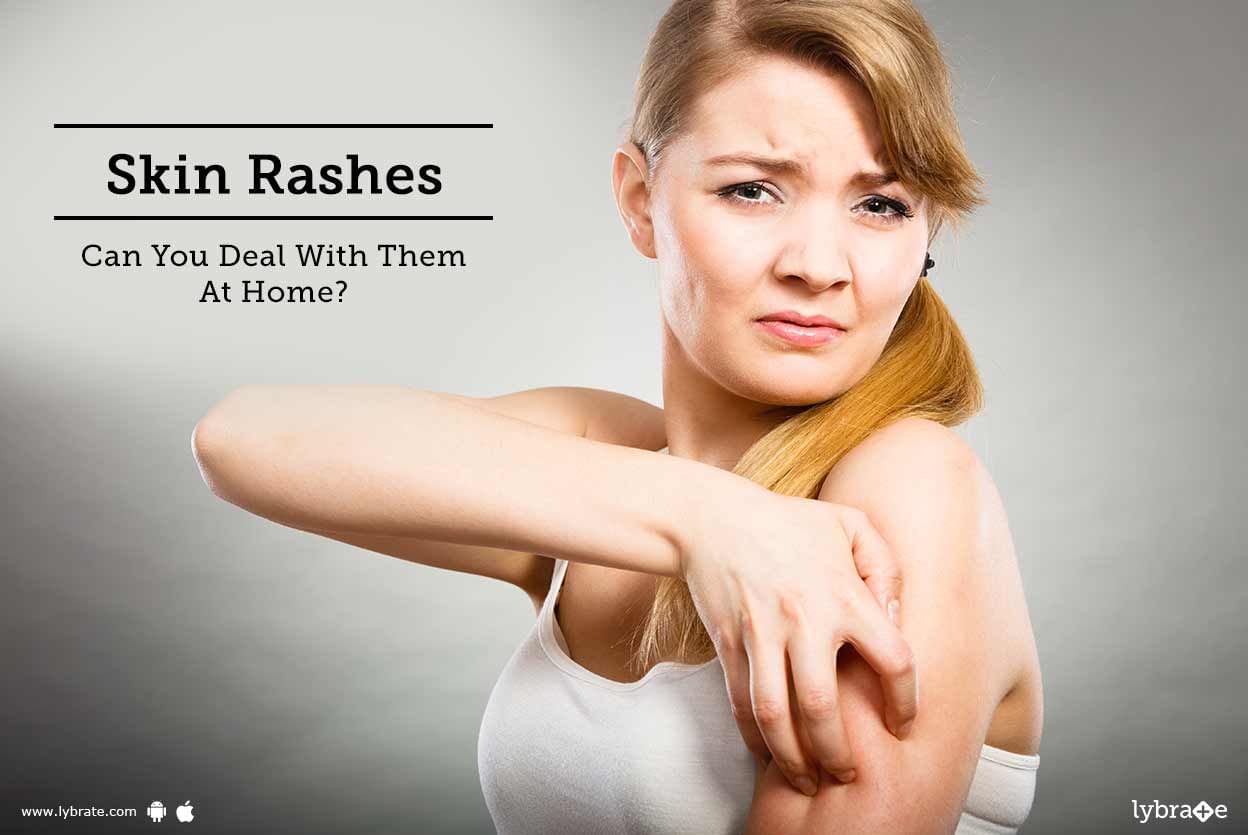Get the App
For Doctors
Login/Sign-up
About
Health Feed
Find Doctors
Health Packages
AllQ&AsTipsQuizzes
Skin Rash Tips
Last Updated: 3 years ago• Featured Tip
Share
Bookmark
Report
Skin irritation is a common problem faced by many in day to day life in the form of rashes, skin infections, itching etc. There are many irritants present in the environment which may cause these problems. Some of these irritants are pollen grains, waste products of animals, moulds etc. It is most commonly observed in the spring and summer season because of excessive sweating. Excessive sweating can trigger the symptoms of the allergic reactions. Some other products which may...more
Last Updated: 5 years ago• Featured Tip
Share
Bookmark
Report
Skin rashes can be of many kinds. These may be due to various improper body system. Thankfully, homeopathy has many solutions for the plethora of causative factors for skin rashes. These remedies aim at treating the underlying cause of the affecting ailment. Any skin change that affects the look, colour or texture can be termed as a rash. Rashes might or might not have any accompanying pain. They may be spread all over the body or may affect any one part and be localised. It might affect the bod...more
Last Updated: 6 years ago• Featured Tip
Share
Bookmark
Report
Pityriasis rosea is a rash that appears on your skin most commonly between the ages of 10 and 35. It is usually harmless and a pretty common condition. It is also worth noting that pityriasis rosea does not spread from person to person.
Causes
The exact causes of pityriasis rosea have not been identified yet. Some doctors claim that it is caused by a virus, bacteria or fungus while others claim that it is caused by an allergic reaction.
Symptoms
There is a fa...more
Causes
The exact causes of pityriasis rosea have not been identified yet. Some doctors claim that it is caused by a virus, bacteria or fungus while others claim that it is caused by an allergic reaction.
Symptoms
There is a fa...more
Last Updated: 6 years ago• Featured Tip
Share
Bookmark
Report
Diploma In Gastroenterology, Diploma In ...read more
Homeopathy Doctor•Hyderabad
What is Lichen Planus?
Lichen planus is a skin rash triggered by the immune system. It s not known why the immune response occurs. There may be several contributing factors, and each case is different. Potential causes include:
-viral infections
-allergens
-stress
-genetics
Sometimes lichen planus occurs along with autoimmune disorders. While it may be uncomfortable, in most cases lichen planus is not a serious condition. It s also not contagious.
Howev...more
Lichen planus is a skin rash triggered by the immune system. It s not known why the immune response occurs. There may be several contributing factors, and each case is different. Potential causes include:
-viral infections
-allergens
-stress
-genetics
Sometimes lichen planus occurs along with autoimmune disorders. While it may be uncomfortable, in most cases lichen planus is not a serious condition. It s also not contagious.
Howev...more
Last Updated: 6 years ago• Featured Tip
Share
Bookmark
Report
The skin is the largest organ in the human body, which measures about 2 square metres approximately 22 square feet. Skin is not just the longest organ alone in our body, but also has numerous amazing roles which most of us don t realise actually. It not only protects our body from chemical, harmful radiations and sun. It also acts as a major storage area of energy, synthesizes vitamin D and the best indicator of any disorder in your digestive and immune system. But most of us don t identify the ...more
Last Updated: 6 years ago• Featured Tip
Share
Bookmark
Report
Pityriasis rosea is a rash that appears on your skin most commonly between the ages of 10 and 35. It is usually harmless and a pretty common condition. It is also worth noting that pityriasis rosea does not spread from person to person.
Causes
The exact causes of pityriasis rosea have not been identified yet. Some doctors claim that it is caused by a virus, bacteria or fungus while others claim that it is caused by an allergic reaction.
Symptoms
There is a fa...more
Causes
The exact causes of pityriasis rosea have not been identified yet. Some doctors claim that it is caused by a virus, bacteria or fungus while others claim that it is caused by an allergic reaction.
Symptoms
There is a fa...more
Last Updated: 6 years ago• Featured Tip
Share
Bookmark
Report
Seborrheic dermatitis refers to a kind of chronic skin rash affecting the scalp or face of a person. It has symptoms similar to that of eczema. Excess oil and greasiness could lead to this condition. This is a commonly noticed condition among children and adults. Seborrheic dermatitis is characterized by red patches, persistent dandruff, and flaking skin. This kind of skin disorder needs immediate treatment as neglecting the upsetting signs can turn out to be fatal; you may face a neurological b...more
Last Updated: 6 years ago• Featured Tip
Share
Bookmark
Report
The market is replete with various facial scrubs that are favoured by men and women of all ages. These are especially helpful if you are facing dust and pollution every day, or are exposed to the sun for prolonged hours. Using facial scrubs is a form of exfoliation that helps in rubbing the granules into the skin so as to remove dead cells and give the skin a more supple tone. Yet, too much use of facial scrubs can also lead to a variety of skin troubles. So, how can you tell if you are overdoin...more
Last Updated: 6 years ago• Featured Tip
Share
Bookmark
Report
Pityriasis lichenoides is referred to a rare type of rash which is characterized by tiny papules that voluntarily flatten and relapse within a period of weeks. This condition which can range from moderate to severe in nature can be either chronic or acute. In the severest cases, it may develop into reddish-brown blisters and crusts.
Causes and Symptoms
This condition which is chiefly prevalent in teenagers and adults is slightly likelier to appear in males. This condition is ex...more
Causes and Symptoms
This condition which is chiefly prevalent in teenagers and adults is slightly likelier to appear in males. This condition is ex...more
Last Updated: 6 years ago• Featured Tip
Share
Bookmark
Report
A rash is a distinct change noticeable on the skin. The change may be on the skin color or the skin texture. It might make your skin scaly, itchy, lumpy and even irritated. You might get skin rashes if you are allergic to a particular substance, or if you are under some medicine which may have a side effect. Many cosmetics may also trigger skin rashes. Certain diseases like chicken pox or measles also cause the appearance of skin rashes. In order to deal with skin rashes, here are a few things y...more
Book appointment with top doctors for Skin Rash treatment
View fees, clinic timings and reviews
Ask a free question
Get FREE multiple opinions from Doctors
posted anonymously


